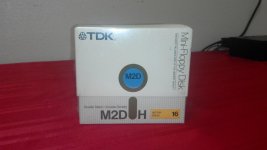MarsMan2020
Experienced Member
I recently acquired a Vector Graphic MZ from a friend. The exterior is somewhat scraped up, but the inside is in excellent condition. It has 2 5.25" full height floppies, and 4 cards:
-A ZCB Z80 SBC/CPU Card
-A 64KB Dynamic RAM Card
-A Micropolis Floppy Disk Controller
-A Flashwriter II terminal card.
What would be the best approach to getting this machine online? My first thought was to take all the cards out, disconnect the power leads from the floppy disks, and start checking voltages.
Assuming all the DC voltages are what they should be, put it back together and start it up.....
Then the question is how to talk to it, since I don't have a Vector Graphic terminal to match up with it?
-A ZCB Z80 SBC/CPU Card
-A 64KB Dynamic RAM Card
-A Micropolis Floppy Disk Controller
-A Flashwriter II terminal card.
What would be the best approach to getting this machine online? My first thought was to take all the cards out, disconnect the power leads from the floppy disks, and start checking voltages.
Assuming all the DC voltages are what they should be, put it back together and start it up.....
Then the question is how to talk to it, since I don't have a Vector Graphic terminal to match up with it?


